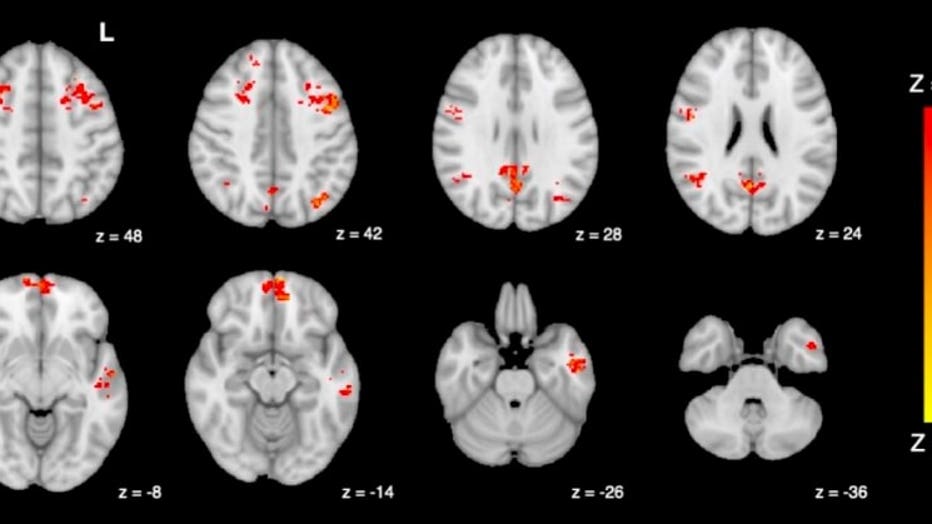Sitting in traffic for just 2 hours can lead to brain damage, study shows
Sitting in traffic for just 2 hours can lead to brain damage, study shows
The study focused on a person’s functional connectivity — a measure that tests how well different brain regions interact with one another.
LOS ANGELES - If your commute has you sitting in traffic for a prolonged period of time, doctors have a warning for you.
New neuroscience research from the University of British Columbia shows exposure to traffic pollution - even as little as two hours - leads to decreased brain function.
The study focused on a person’s functional connectivity, which is a measure that tests how well different brain regions interact with each other. According to the study authors, this is the first controlled experiment to show evidence of humans showing altered brain network connectivity as a result of air pollution exposure.
"For many decades, scientists thought the brain may be protected from the harmful effects of air pollution," said Chris Carlsten, a professor and head of respiratory medicine and the Canada Research Chair in occupational and environmental lung disease at UBC.
In the study, 25 healthy adults were exposed to either diesel exhaust or filtered air, and functional magnetic resonance imaging (fMRI) was then used to measure their brain activity before and after each exposure.

A fMRI shows decreased functional connectivity in the brain following exposure to traffic pollution. / University of British Columbia
The scans that analyzed the brain's default mode network (DMN) - which includes several connected brain regions that impact one's internal thoughts and memories - showed that people exposed to diesel exhaust have lower DMN activity compared to the air-filtered group.
Researchers noted that the neurological effects from the diesel exhaust were temporary and each person who was exposed to air pollution had their brain activity return to normal.
When it comes to long-term exposure, such as sitting in gridlock traffic daily, study authors said that may cause more permanent damage.
Doctors advised people think twice about rolling the windows down when stuck in traffic, and to make sure the car's air filter is in tip-top shape. If possible, consider using a less-congested route, or walk or bike to the destination instead.

